Lee Kyung Mo Photography Exhibition: Moments that Shaped History
Lee Kyung Mo Photograph Exhibition: Moments that Shaped History is the first photograph exhibition held at the Jeonnam Museum of Art and sheds light on the life and work of Lee Kyung Mo, one of the standout figures in South Korea’s history of documentary photography.
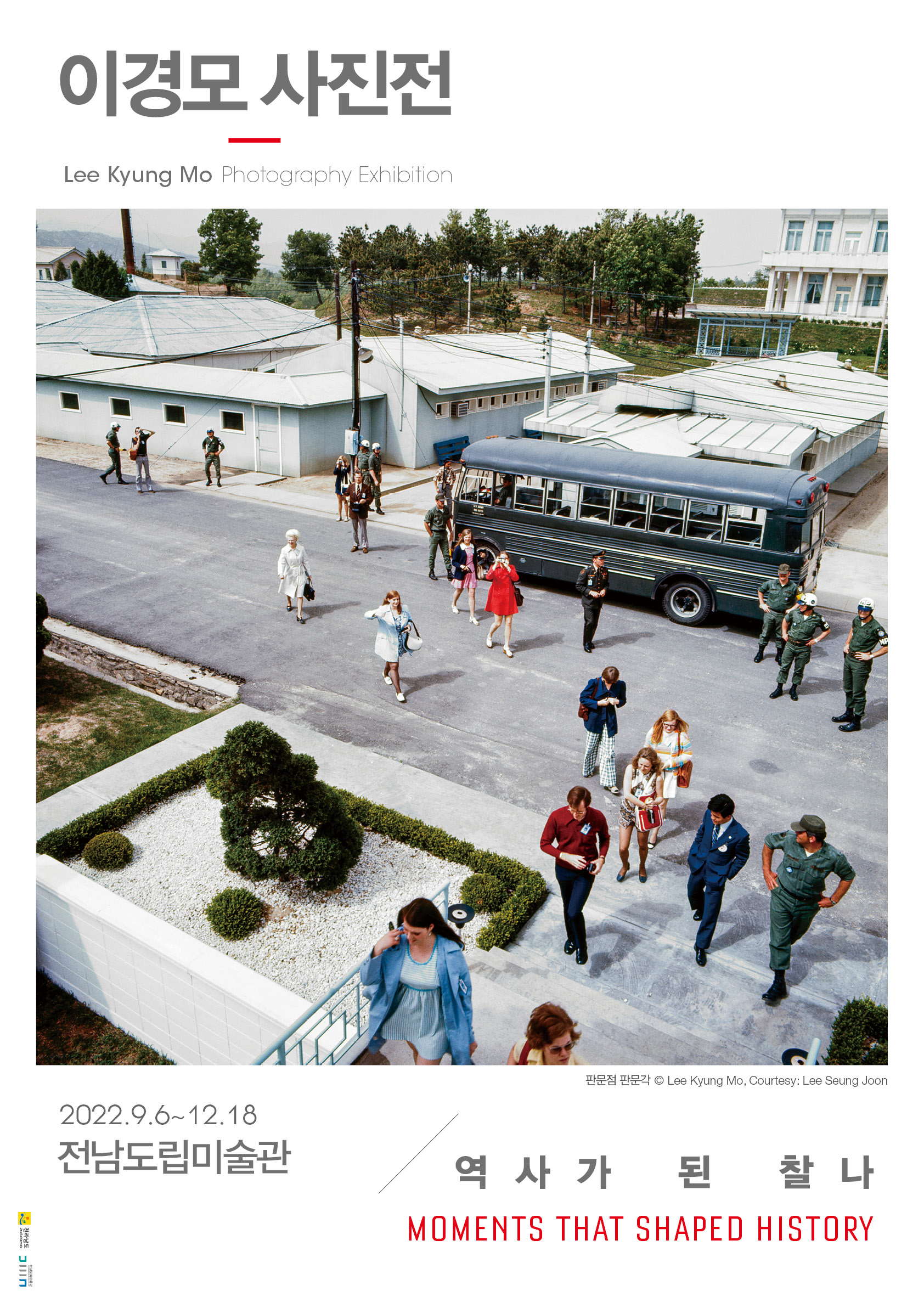
- Special exhibition
- Date 2022-09-06 ~ 2022-12-18
- Place Jeonnam Museum of Art
- ArtistLee Kyung Mo
- Works140 pieces
- Fee1,000 won
- SponsorJeonnam Museum of Art
Introduction
Born in Gwangyang, Jeollanam-do Province in 1926, Lee started his photojournalism at the age of 20 as head photographer for the Honam Shinmun (predecessor to the Kwangju Ilbo), taking pictures of actual scenes during the turbulent years of modern Korean history, as well as scenery and cultural assets across the nation and ordinary people engaged in daily life. He did this for about 55 years until late 2000, one year before his death.
While at the center of such tragedies after national liberation in 1945 as the Yeosu-Suncheon rebellion in 1948 and the Korean War in 1950, Lee meticulously and truthfully captured the scenes of ideological conflict and fratricidal struggle from his unique perspective. Despite the importance of the event, the photos he took of the Yeosu-Suncheon rebellion, in particular, are almost the only photographic records existing of the incident due to the urgent circumstances surrounding it and the remoteness of the region at the time. Documentary photos of significance, they epitomize Lee’s perspective and his photographic diligence and persistence in recording the events in a way that dramatically shows how the lives of innocent people, unrelated to politics or ideology, were suddenly ended or irreversibly altered. On the other hand, his landscape photography features a variety of scenic spots across the nation including in Gwangyang’s Yudang Park, and intuitively demonstrate his aesthetic and artistic skill.
Lee’s images are not simple, mechanical captures of events themselves, but reflect careful observation of the people in those events while aesthetically considering the surrounding landscape. He captured moments in the history of individuals that would otherwise have been forgotten. This exhibition features personal items as well, which have never been revealed to the public and offer glimpses into his life, as well as a large number of photos of the lives of ordinary people and the scenery that provided a backdrop, which have received less attention than his photos of the Korean War and the Yeosu-Suncheon rebellion. The expectation is that viewers will be able to see, through the numerous moments he captured throughout his life, Lee Kyung Mo the photographer, endeavoring to record the true nature of life and history as he saw them, as well as his perspective as the artist he aspired to be since childhood.
Life of Lee Kyung Mo
“My initial dream was to become a Western-style painter, so I once regretted becoming a photographer. But lately I think I was lucky to have worked within the realm of the photography world for close to 50 years.”
Lee Kyung Mo was born on August 1, 1926 in Gwangyang, Jeollanam-do Province as the third of eight sons and seven daughters to his father, Lee Mun-hwa, and his mother, Heo Bong-nam. During his fifth year at Gwangyang Elementary School, he was often hit by his second oldest brother, Lee Kyung-sik, for using the latter’s camera to take photos without permission while Kyung-sik was recuperating from illness. He watched his brother develop photos over his shoulder, which was his first experience with photography. In 1944 at the age of 19, he married Kim Yeong-hye, who was a second-year student at Uk Girls’ High School (now Chonnam Girls' High School) and with whom he had one son and four daughters. In May the same year, he won a prize for a still-life painting (about 80x60cm) in the Western Painting category during the 23rd Joseon Arts Exhibition. He wanted to become a painter after graduation, but his parents’ objections saw him give up going to art school. Instead, he got a job as head photographer at the Honam Shinmun (now the Kwangju Ilbo) in 1946, beginning his photography career. He then covered the Yeosu-Suncheon rebellion, and submitted and won awards with his photos at such exhibitions and contests as the Jeonnam Art Photo Exhibition to Celebrate National Liberation, the National Art Photo Contest, and the National Photo Prize Contest. In August 1950, he joined the South Korean armed forces’ Information and Education Division as a war correspondent. In 1952, he held a four-artist exhibition with prominent painter Cheon Kyeong-ja and two others and then established the Photo Artist Society of Korea with other pioneering photographers like Limb Eung-sik the same year. He then served in many positions including as prime minister’s press secretary, director of the International Publicity League of Korea, a lecturer for Ewha Women’s University, and CEO of Ihwa Color. He won the prestigious Kumho Art Award in 1997 and began serving as visiting professor at Dongshin University the next year. He passed away in May 2001.
While at the center of such tragedies after national liberation in 1945 as the Yeosu-Suncheon rebellion in 1948 and the Korean War in 1950, Lee meticulously and truthfully captured the scenes of ideological conflict and fratricidal struggle from his unique perspective. Despite the importance of the event, the photos he took of the Yeosu-Suncheon rebellion, in particular, are almost the only photographic records existing of the incident due to the urgent circumstances surrounding it and the remoteness of the region at the time. Documentary photos of significance, they epitomize Lee’s perspective and his photographic diligence and persistence in recording the events in a way that dramatically shows how the lives of innocent people, unrelated to politics or ideology, were suddenly ended or irreversibly altered. On the other hand, his landscape photography features a variety of scenic spots across the nation including in Gwangyang’s Yudang Park, and intuitively demonstrate his aesthetic and artistic skill.
Lee’s images are not simple, mechanical captures of events themselves, but reflect careful observation of the people in those events while aesthetically considering the surrounding landscape. He captured moments in the history of individuals that would otherwise have been forgotten. This exhibition features personal items as well, which have never been revealed to the public and offer glimpses into his life, as well as a large number of photos of the lives of ordinary people and the scenery that provided a backdrop, which have received less attention than his photos of the Korean War and the Yeosu-Suncheon rebellion. The expectation is that viewers will be able to see, through the numerous moments he captured throughout his life, Lee Kyung Mo the photographer, endeavoring to record the true nature of life and history as he saw them, as well as his perspective as the artist he aspired to be since childhood.
Life of Lee Kyung Mo
“My initial dream was to become a Western-style painter, so I once regretted becoming a photographer. But lately I think I was lucky to have worked within the realm of the photography world for close to 50 years.”
Lee Kyung Mo was born on August 1, 1926 in Gwangyang, Jeollanam-do Province as the third of eight sons and seven daughters to his father, Lee Mun-hwa, and his mother, Heo Bong-nam. During his fifth year at Gwangyang Elementary School, he was often hit by his second oldest brother, Lee Kyung-sik, for using the latter’s camera to take photos without permission while Kyung-sik was recuperating from illness. He watched his brother develop photos over his shoulder, which was his first experience with photography. In 1944 at the age of 19, he married Kim Yeong-hye, who was a second-year student at Uk Girls’ High School (now Chonnam Girls' High School) and with whom he had one son and four daughters. In May the same year, he won a prize for a still-life painting (about 80x60cm) in the Western Painting category during the 23rd Joseon Arts Exhibition. He wanted to become a painter after graduation, but his parents’ objections saw him give up going to art school. Instead, he got a job as head photographer at the Honam Shinmun (now the Kwangju Ilbo) in 1946, beginning his photography career. He then covered the Yeosu-Suncheon rebellion, and submitted and won awards with his photos at such exhibitions and contests as the Jeonnam Art Photo Exhibition to Celebrate National Liberation, the National Art Photo Contest, and the National Photo Prize Contest. In August 1950, he joined the South Korean armed forces’ Information and Education Division as a war correspondent. In 1952, he held a four-artist exhibition with prominent painter Cheon Kyeong-ja and two others and then established the Photo Artist Society of Korea with other pioneering photographers like Limb Eung-sik the same year. He then served in many positions including as prime minister’s press secretary, director of the International Publicity League of Korea, a lecturer for Ewha Women’s University, and CEO of Ihwa Color. He won the prestigious Kumho Art Award in 1997 and began serving as visiting professor at Dongshin University the next year. He passed away in May 2001.
Artist
Lee Kyung Mo
Works
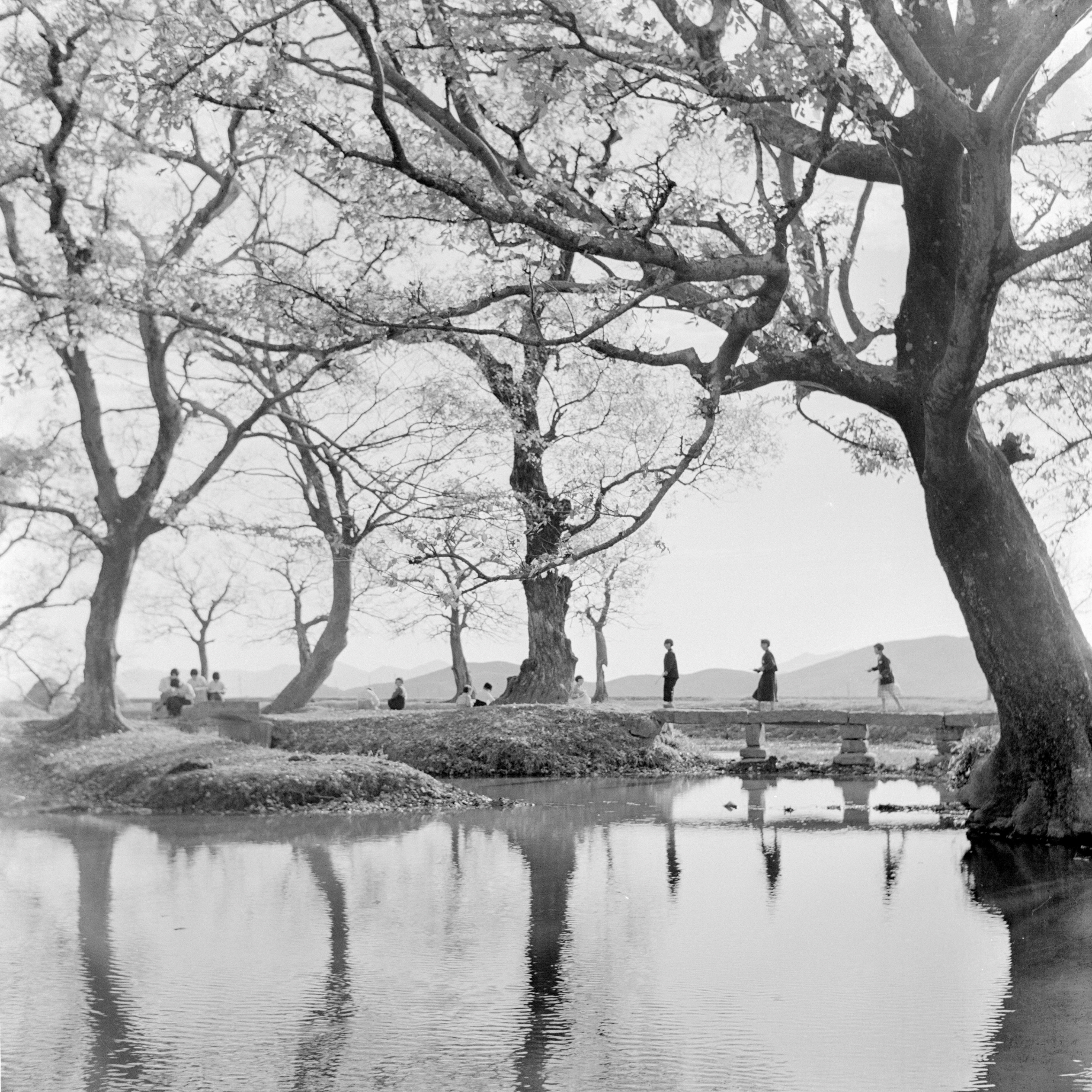
Yudang Park, Gwangyang (March 1946)
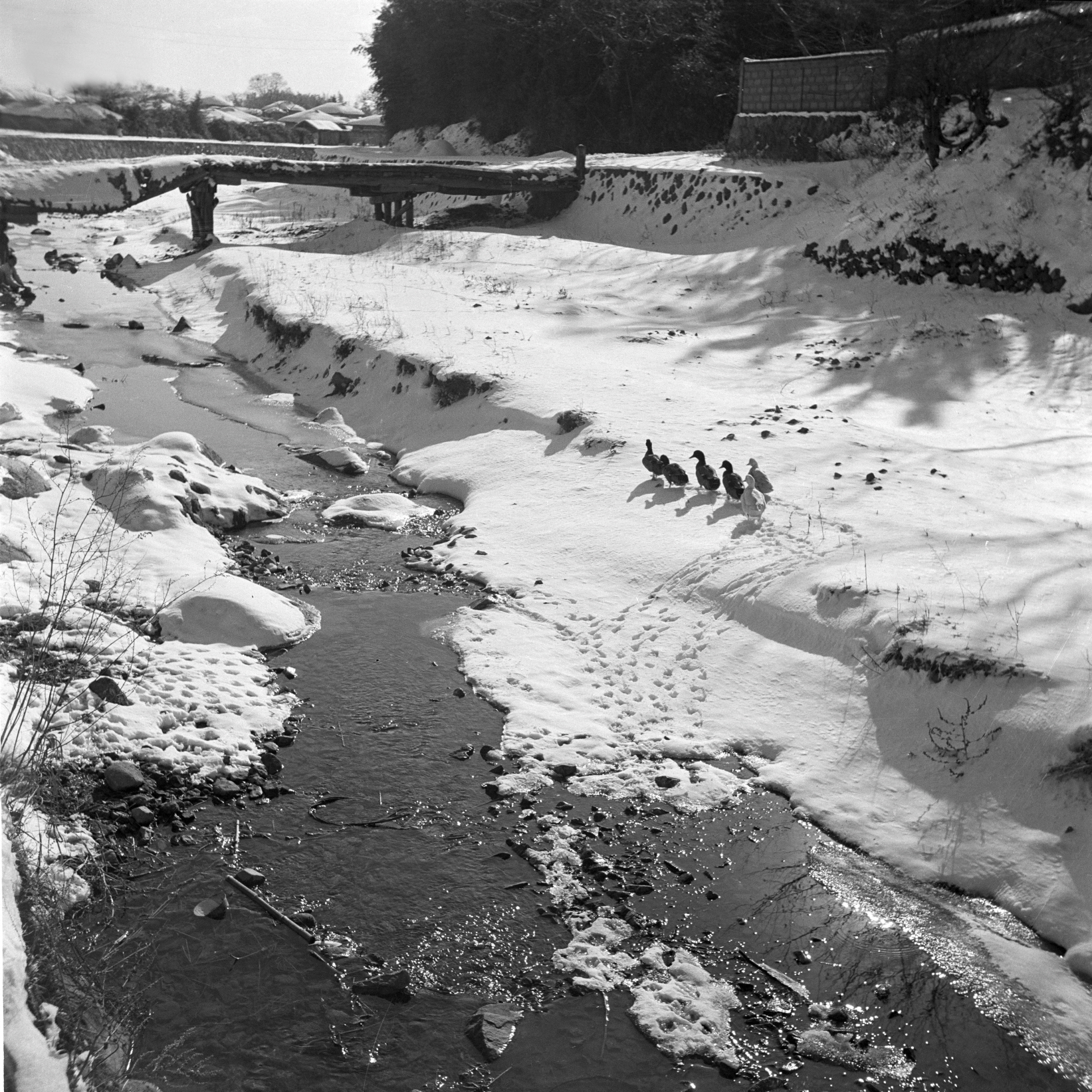
A winter scene in Naju, Jeollanam-do (January 1946)
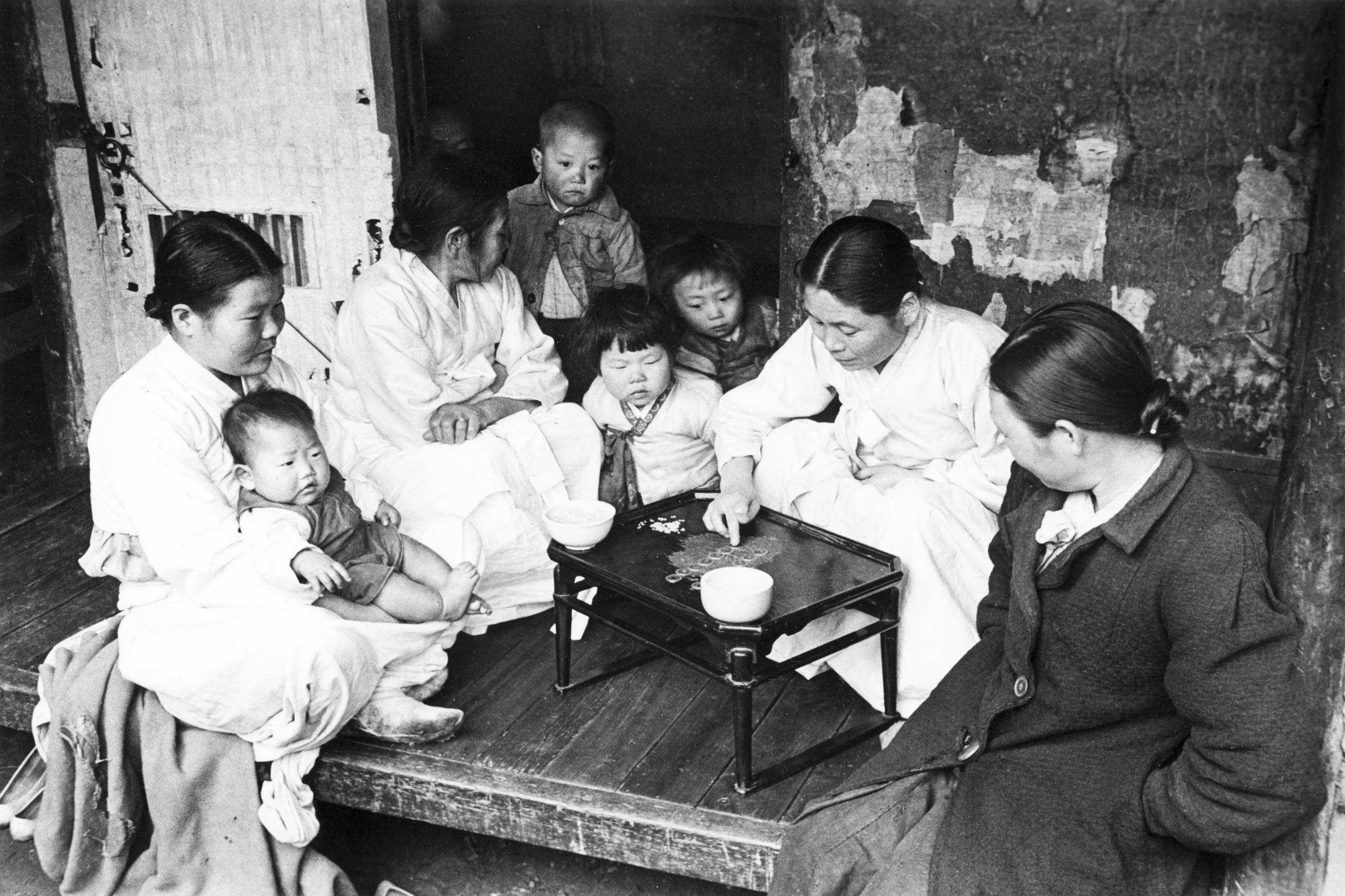
Residents in Wolsin-dong, Gwangju City. Despite the nation having been liberated, things were uncertain and fortunetelling was very popular among the public (Winter, 1946).
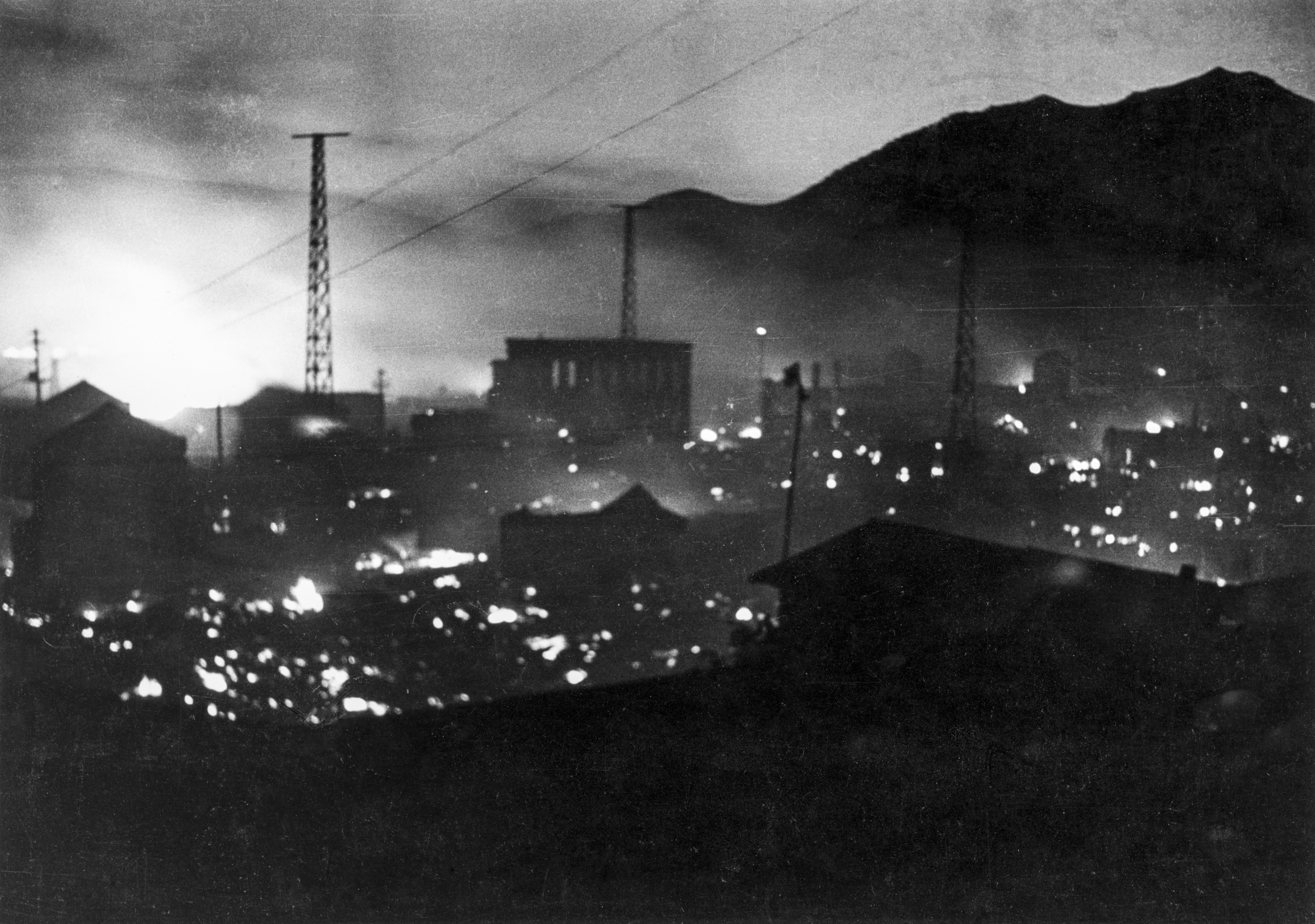
Yeosu downtown on fire (October 1948)
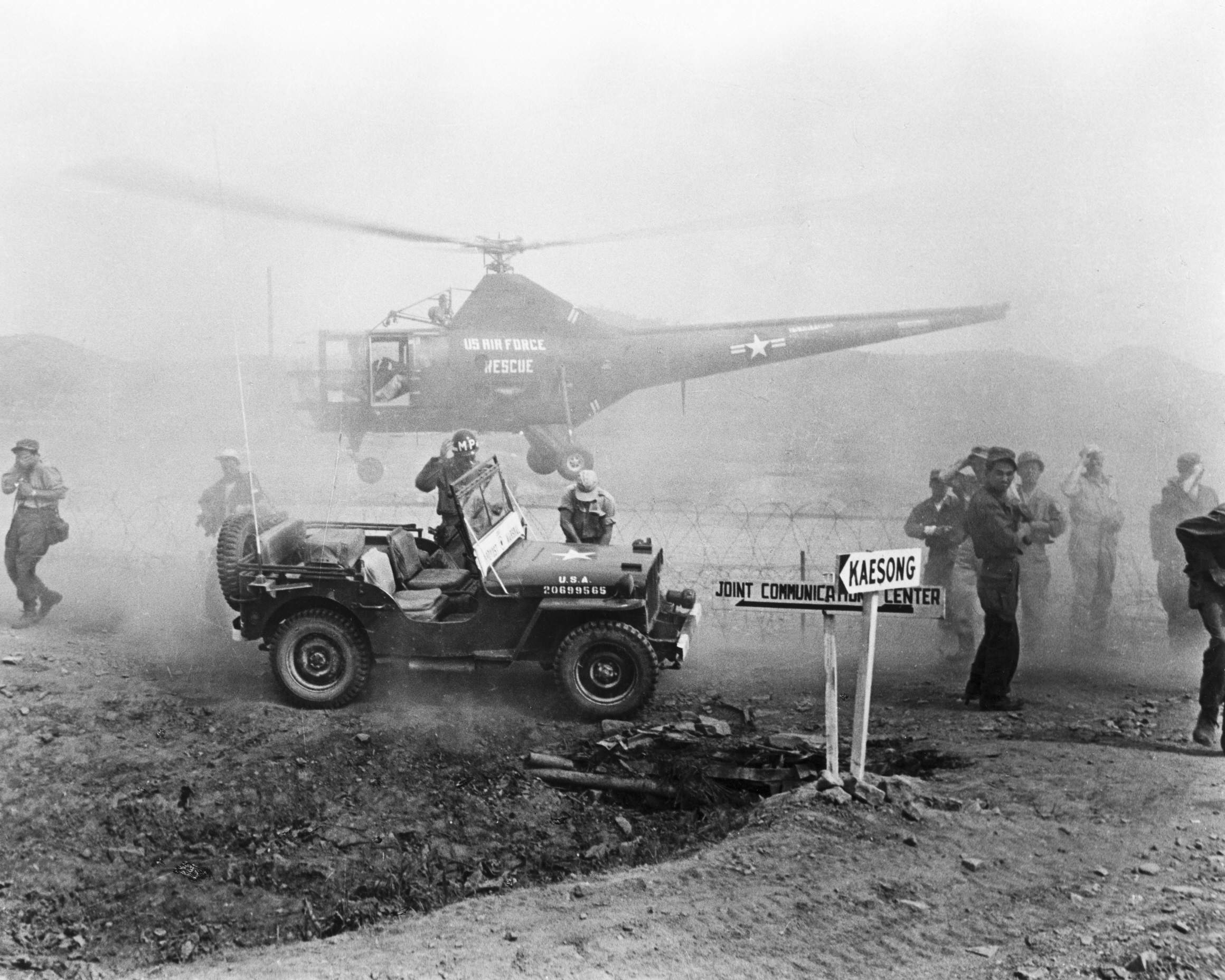
A helicopter taking off for Gaeseong, North Korea (where armistice negotiations would be held) carrying the UNC negotiating team (July 1951).